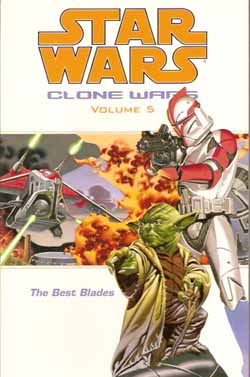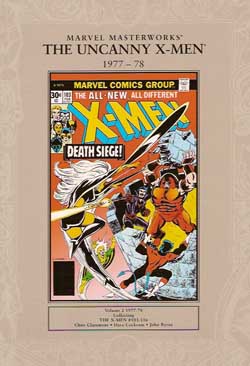 Â
Â
By Various (Marvel/Panini UK)
ISBN 978-1-84653-009-8
This second volume of these cheap’n’cheerful UK editions featuring early landmarks of Marvel’s most popular characters starts with the conclusion of a tale wherein the team visit Banshee’s ancestral castle in Ireland but run afoul of the ultra-powerful Juggernaut and Banshee’s cousin Black Tom Cassidy. There’s lots of action and much background on the newly minted mutant heroes. And Leprechauns. No, really. That one was originally printed in Uncanny X-Men #103.
Following on in swift and wonderful succession are the contents of issues #104-116, which once again leaves the reader with a bit of a cliff-hanger situation — although, in fairness, it would be hard to find an episode that didn’t end with some kind of unresolved plot thread.
Throughout those early stories a mysterious enemy calling himself Eric the Red was sending villains to attack the team. His next ploy was to restore Magneto to full power (he’d been turned into a baby – a very common fate for villains in those faraway days) and the arch villain’s subsequent attack nearly destroyed the team. After that he orchestrated an attack by the Firelord, an alien flamethrower, then a slight digression as overstretched artist Dave Cockrum was given a breather by a fill-in tale featuring psychic clones of the original X-men from Bill Mantlo and Bob Brown.
The regular story resumes with Eric revealed as an alien spy and the heroes catapulted to another galaxy to save the universe. This marks the beginning of the cosmic nature of the X-Teams. They meet The Shi’ar Imperial Guard (an in-joke version of DC’s Legion of Super Heroes), the heroic space pirates the Star Jammers, and uncover a plot to unmake the fabric of space-time. This tale (from issue 107) was also the last drawn by Cockrum for many years. He would return to replace the man who replaced him.
The final part of the cosmic saga was drawn by John Byrne, whose work was to become an industry bench-mark as the X-Men grew in popularity and complexity. The bravura high-octane thrills of “Armageddon Now†seemed a high-point, but Claremont and Byrne just got better each issue. Weapon Alpha attacked in an attempt to force Wolverine to rejoin the Canadian Secret Service. He would later return, renamed Vindicator, with Alpha Flight — a Canadian team that would eventually star in their own comic.
Another fill-in, by artist Tony Dezuniga, featuring the assassin Warhawk and best forgotten, is followed by a thrilling mystery when the heroes vanish. X-Men graduate the Beast tracks them to a carnival where mutant hypnotist Mesmero has enslaved them. No sooner have they escaped that trap when Magneto returns, and after a titanic struggle is defeated. The battle, in Antarctica, seemingly claims the lives of all but Beast and Phoenix, who return to civilisation and try to pick up their lives. This ‘tragedy’ directly leads into the justly famed “Dark Phoenix Saga†but that’s a tale for another volume.
In actual fact, the X-Men survived by tunnelling into the subterranean paradise known as the Savage Land, a Pellucidarian tropical jungle beneath the ice where dinosaurs and cavemen still live. Here the team recuperate until they encounter an old foe, Sauron, and become embroiled in a war instigated by a Zaladane and Garokk, a mad queen and reincarnated God, respectively. After defeating them the team try to return home but get caught in a major typhoon…
And that’s where this volume closes, but don’t let that dissuade you from this book. It’s a bright and breezy introduction (or even reintroduction) to these characters, and irrespective of your views on the current series it serves as a reminder of just how good comic book adventure can be.
© 1977, 1978, 2007 Marvel Characters, Inc. All Rights Reserved.
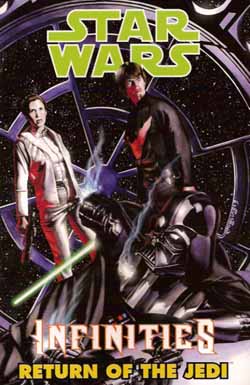 Â
 
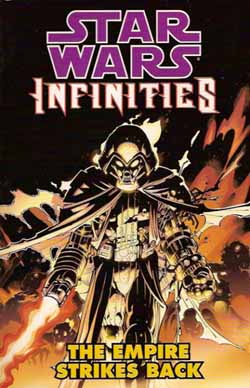 Â
 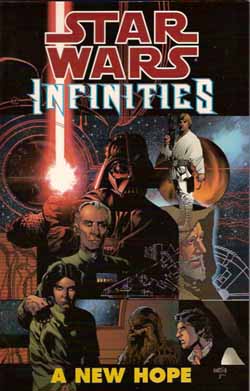 Â
  Â
 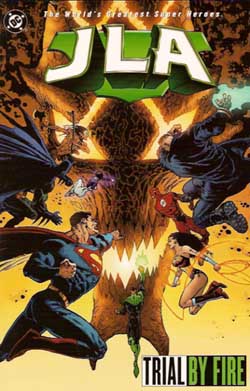 Â
 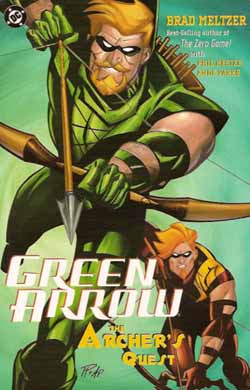 Â
 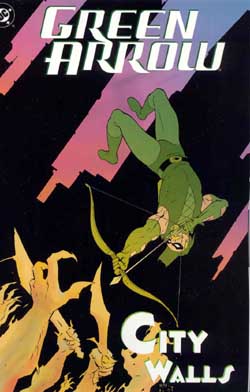 Â
 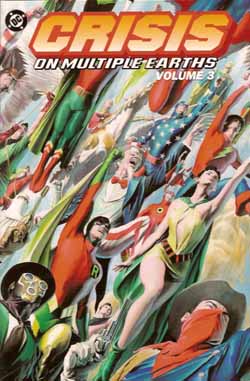 Â
 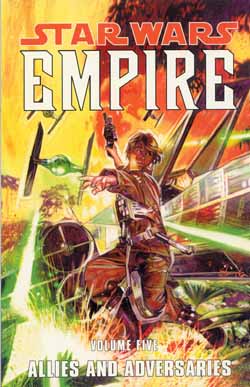 Â
 